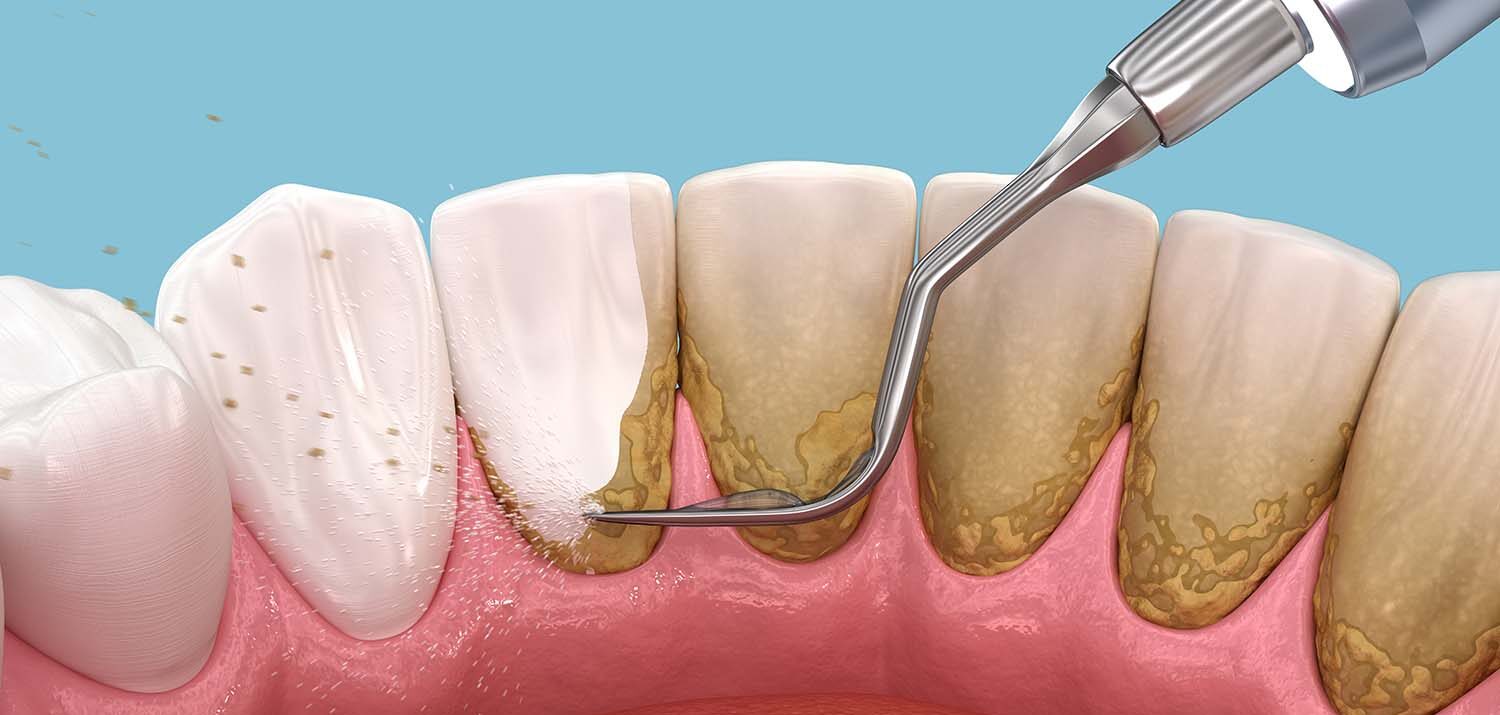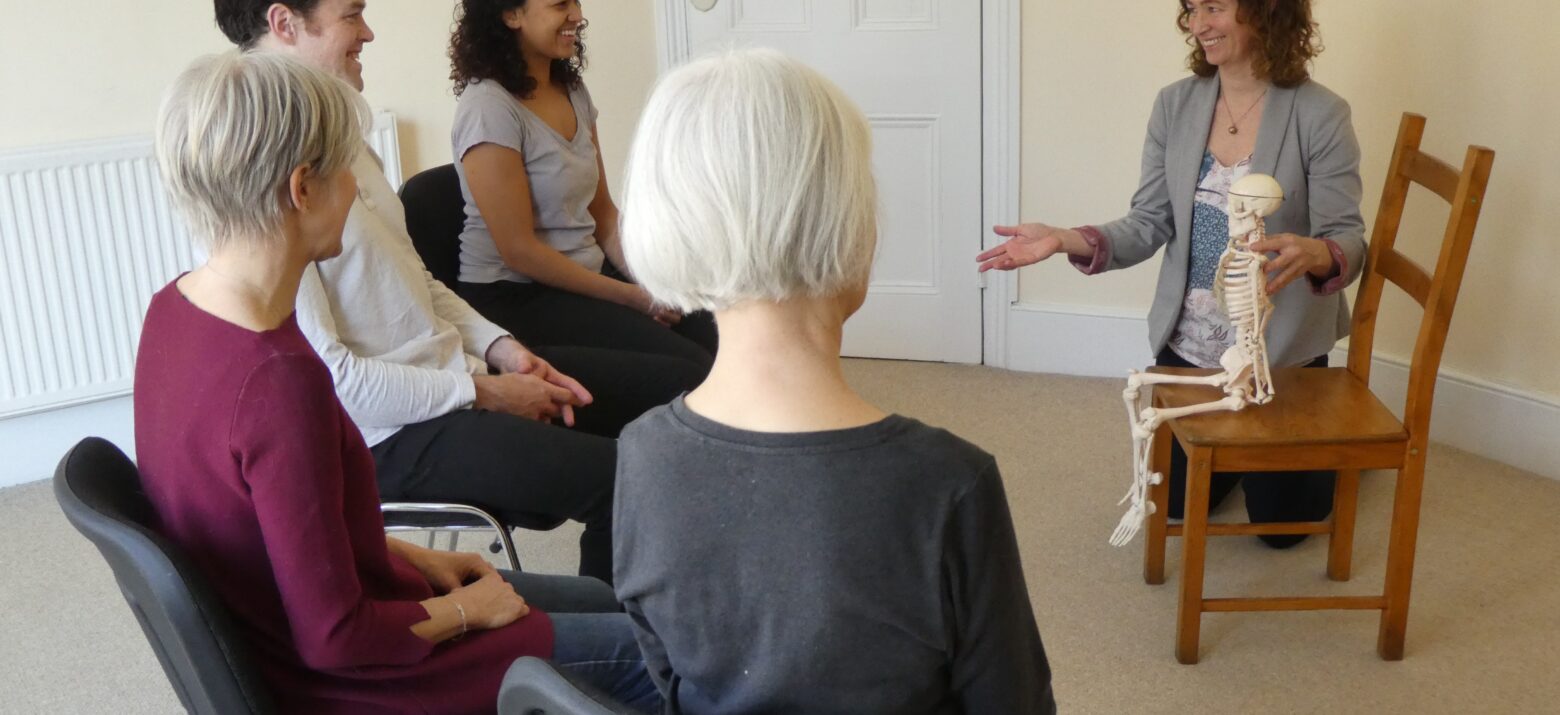Dental plaque is a sticky, colorless film of bacteria that forms on your teeth. If left untreated, it can lead to tooth decay, gum disease, and bad breath. Fortunately, plaque is preventable and can be removed with proper dental care. In this article, we will explore effective ways to remove dental plaque, from regular brushing and flossing to professional cleanings, helping you maintain a healthy, bright smile.
cara hilangkan plak gigi effectively, brush your teeth twice daily using fluoride toothpaste and a soft-bristled toothbrush. Floss daily to eliminate plaque between teeth, and consider using an antibacterial mouthwash to reduce plaque buildup. Regular dental cleanings are essential for removing tartar that brushing can’t reach.
What Is Dental Plaque?
Plaque is formed when bacteria in your mouth mix with food particles, saliva, and sugars. It sticks to the surfaces of your teeth, particularly along the gum line. Over time, if plaque isn’t removed, it can harden into tartar (also called calculus), which requires professional dental cleaning to remove. Tartar buildup can cause gum inflammation, leading to gingivitis or more severe gum disease if not addressed.
Effective Ways to Remove Plaque
- Brushing Your Teeth Regularly
The most important step in plaque removal is brushing your teeth at least twice a day, preferably after meals. Regular brushing helps remove food particles and plaque that accumulate on the surface of your teeth. When brushing, use a fluoride toothpaste, as fluoride helps strengthen tooth enamel and fights bacteria.
A soft-bristled toothbrush is ideal for most people as it is gentle on the gums and teeth. Make sure to brush for at least two minutes, covering all surfaces of your teeth, including the outer, inner, and chewing surfaces. Using gentle, circular motions is recommended to avoid damaging your gums.
Additionally, consider using an electric toothbrush. These toothbrushes have been shown to be more effective at reducing plaque and preventing gum disease compared to manual brushing.
- Flossing Daily
While brushing helps remove plaque from the surfaces of your teeth, flossing is essential to remove plaque between your teeth and along the gum line, where a toothbrush may not reach. Dental floss is a thin string that allows you to slide between your teeth, scraping away food particles and plaque buildup.
Flossing daily ensures that you’re cleaning areas that brushing misses. If regular floss is difficult to use, consider using floss picks or an interdental brush, which are great alternatives for cleaning between the teeth.
- Using Mouthwash
Incorporating mouthwash into your oral hygiene routine can help remove plaque and bacteria that brushing and flossing alone might miss. Look for mouthwashes that contain antibacterial agents such as chlorhexidine or essential oils, which help reduce plaque buildup and prevent gum disease.
Mouthwash also helps freshen your breath and provides additional protection against cavities. Rinse with mouthwash after brushing and flossing for added plaque-fighting benefits.
- Professional Dental Cleanings
While daily brushing and flossing are essential for plaque removal, professional dental cleanings are necessary to ensure your teeth remain free from tartar buildup. Dentists and dental hygienists use specialized tools to thoroughly clean all surfaces of your teeth, including areas that are difficult to reach with a toothbrush.
During a professional cleaning, the dental hygienist will also check for signs of gum disease or cavities. Most people should visit the dentist for a cleaning every six months, though some individuals may require more frequent visits, depending on their oral health.
- Diet and Lifestyle Changes
What you eat and drink can also affect plaque buildup. A diet high in sugars and carbohydrates can contribute to plaque formation, as bacteria feed on sugar to produce acid that erodes tooth enamel. Limiting sugary snacks, sodas, and sticky foods can help reduce plaque buildup.
Drinking plenty of water, especially after meals, can also help wash away food particles and bacteria, reducing plaque formation. Additionally, eating foods like apples, carrots, and celery can help naturally clean your teeth and stimulate saliva production, which helps neutralize acids in the mouth.
- Consider Plaque-Reducing Products
Several products are designed to help reduce plaque buildup, including toothpaste with tartar-control properties. These toothpastes contain active ingredients like pyrophosphates or zinc citrate that help prevent plaque from hardening into tartar. Using these products regularly can further enhance your plaque removal routine.
Conclusion
Plaque buildup is a common issue that can lead to various dental problems, but with the right habits, it’s entirely preventable. Brushing your teeth at least twice a day, flossing daily, using mouthwash, and visiting your dentist regularly for cleanings are the most effective ways to remove and prevent plaque. Making healthy dietary choices and using plaque-fighting products can also play a key role in maintaining optimal oral health. By following these tips, you can enjoy a clean, healthy smile and reduce the risk of tooth decay and gum disease.





